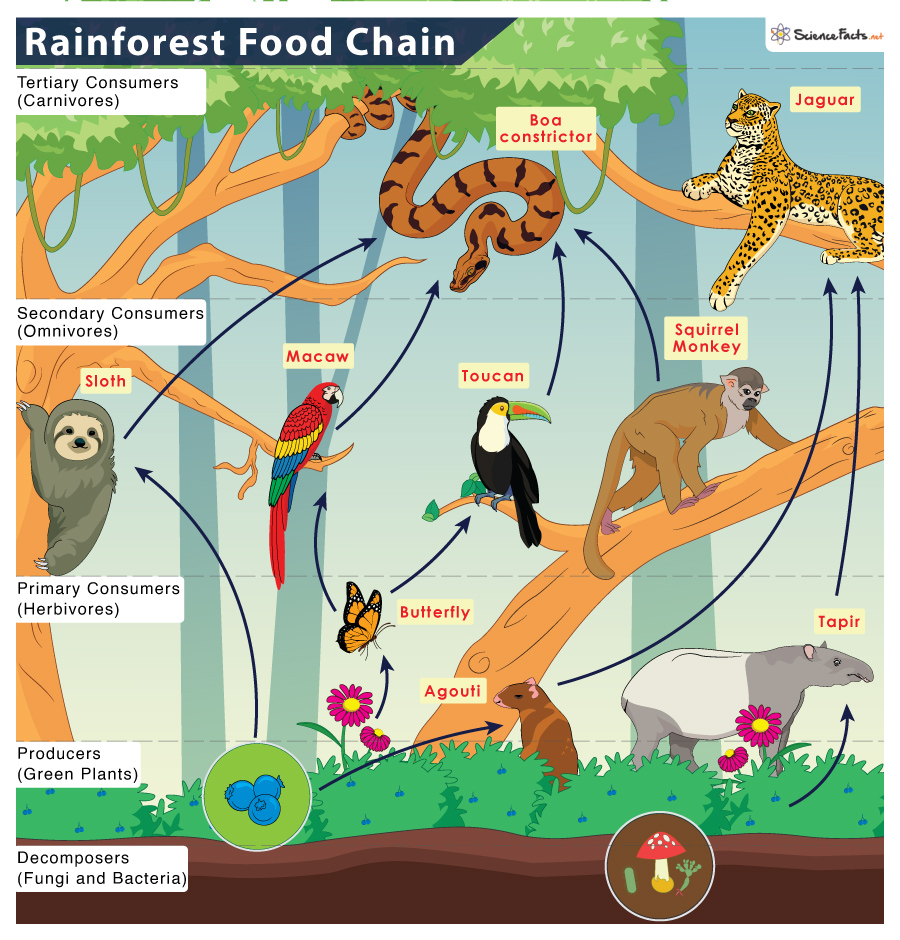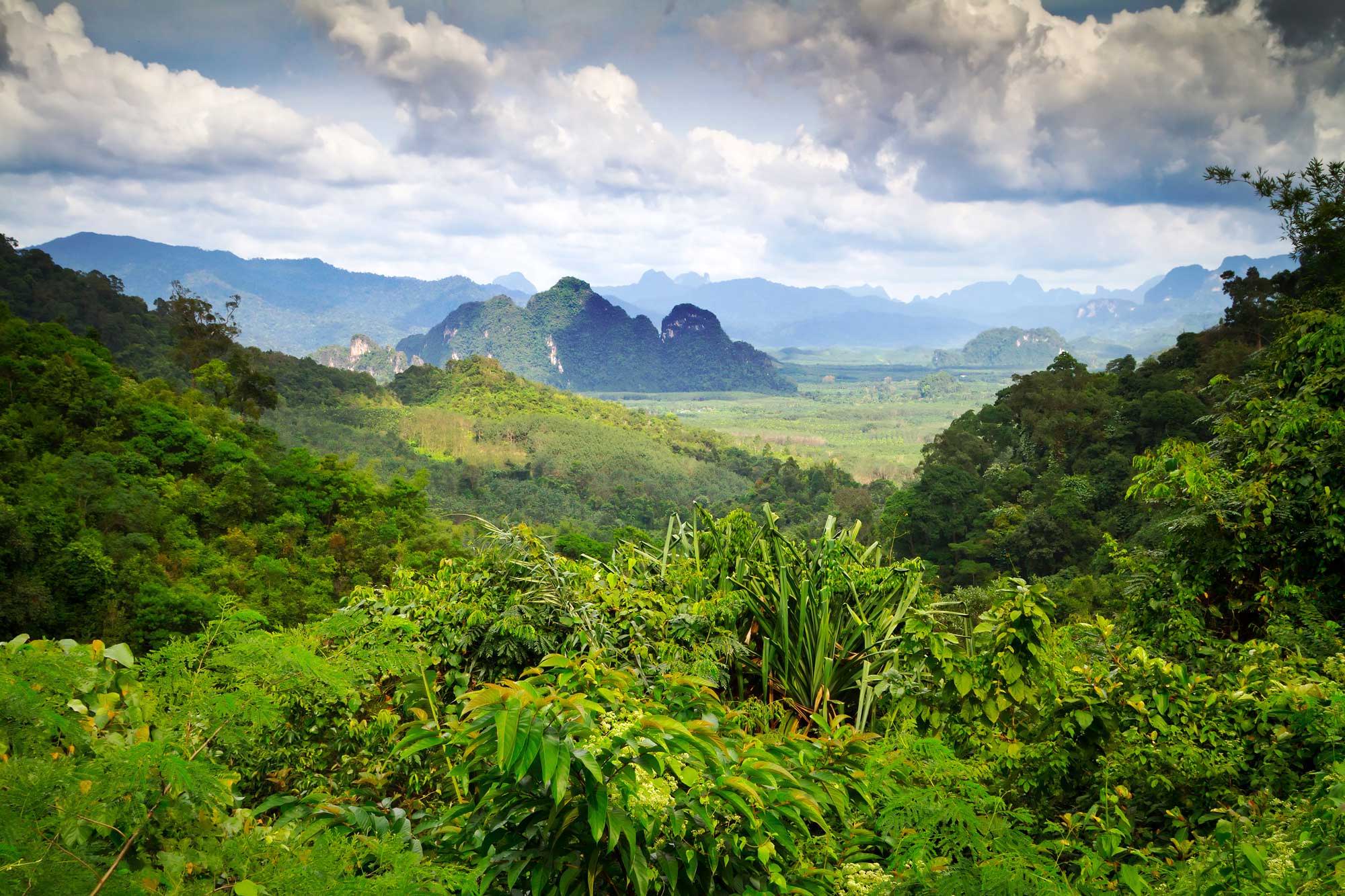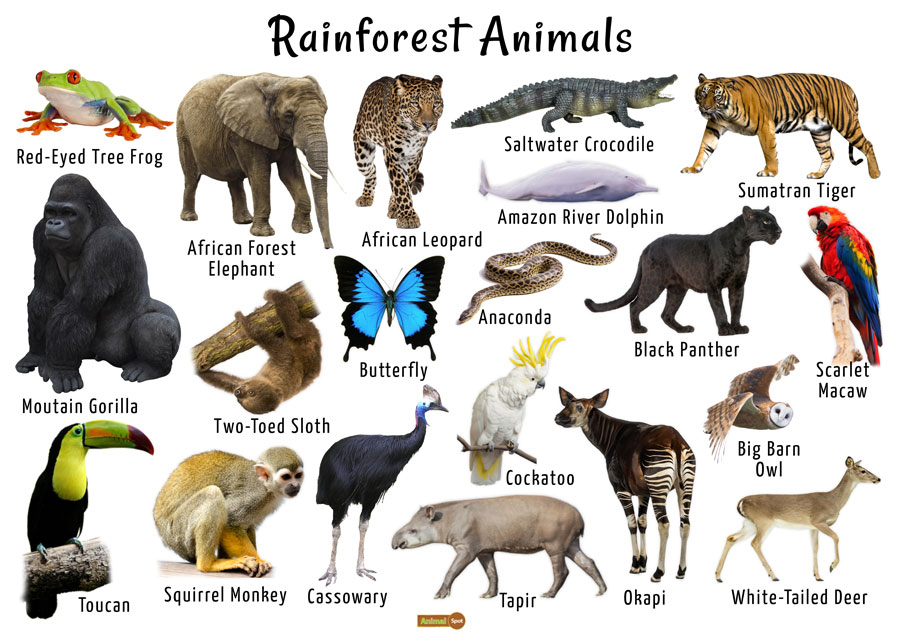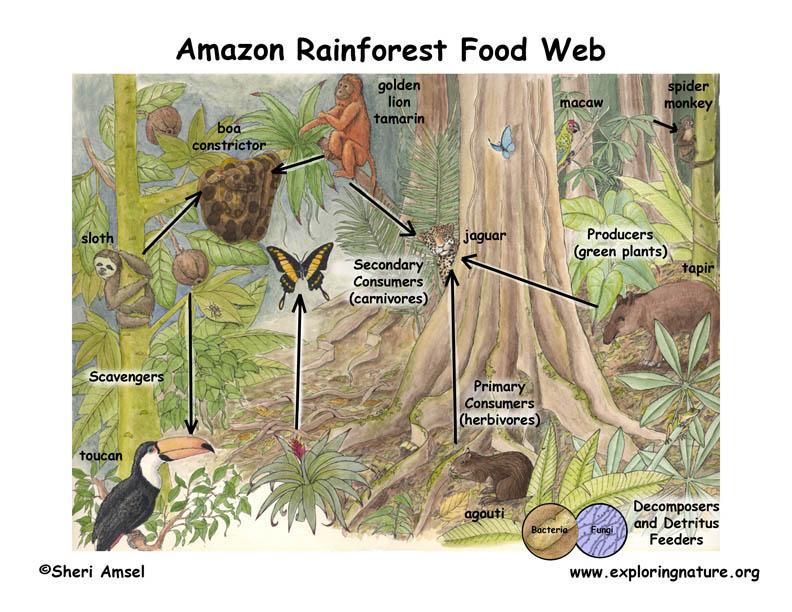Topic definition of terrestrial ecosystem: Discover the essence of terrestrial ecosystems, the backbone of Earth"s biodiversity, showcasing the intricate balance and diversity of land habitats that sustain life.
Table of Content
- What is the definition of terrestrial ecosystem?
- Overview of Terrestrial Ecosystems
- Types of Terrestrial Ecosystems
- Characteristics of Terrestrial Ecosystems
- Importance of Terrestrial Ecosystems
- Threats to Terrestrial Ecosystems
- Conservation and Protection Efforts
- YOUTUBE: Terrestrial Ecosystems: Characteristics and Types
- Role of Climate Change
- Human Impact and Sustainable Practices
- Biodiversity in Terrestrial Ecosystems
- Future Directions in Research and Policy
What is the definition of terrestrial ecosystem?
A terrestrial ecosystem is a land-based community of organisms and the interactions of biotic and abiotic components in a given area. It refers to the collection of living and non-living things that exist and interact within a specific terrestrial environment. Terrestrial ecosystems are found on landmasses and include a vast range of habitats such as forests, grasslands, deserts, and wetlands.
These ecosystems are characterized by the complex interactions between plants, animals, microorganisms, and their physical environment. Biotic components include all living organisms, from the smallest bacteria to the largest mammals, while abiotic components refer to the non-living factors such as soil, temperature, sunlight, water availability, and nutrient levels.
The various terrestrial ecosystem types can be further classified into six major categories:
- Taigas: Also known as boreal forests, these ecosystems are found in the northern regions of North America, Asia, and Europe. They consist mostly of coniferous trees like spruce, fir, and pine.
- Tundra: Found in the Arctic and Alpine regions, tundra ecosystems are characterized by very low temperatures, a short growing season, and a lack of trees. Mosses, lichens, and small shrubs are the dominant plant forms.
- Deciduous forests: These ecosystems are abundant in temperate regions and are characterized by trees that lose their leaves during the winter. Oak, maple, and birch trees are commonly found in deciduous forests.
- Grasslands: Also known as prairies or savannahs, grasslands are characterized by wide expanses of grasses and forbs. They are found in both temperate and tropical regions.
- Deserts: Deserts are arid ecosystems with low precipitation levels. They are characterized by extreme temperatures and scant vegetation, typically consisting of cacti, succulents, and other drought-resistant plants.
- Wetlands: These ecosystems are defined by the presence of water and typically have a significant amount of waterlogged soil. Marshes, swamps, and bogs are all examples of wetland habitats.
Each terrestrial ecosystem has its own unique biodiversity, species interactions, and ecological processes. They play a crucial role in providing habitats for numerous organisms, regulating climate, purifying water, cycling nutrients, and providing resources for human populations. Understanding and conserving terrestrial ecosystems is essential for ensuring the health and sustainability of our planet\'s biodiversity.
READ MORE:
Overview of Terrestrial Ecosystems
Terrestrial ecosystems represent Earth"s diverse land habitats, where communities of organisms interact within their physical environment. These ecosystems are defined by the complex relationships between living organisms (biotic factors) and non-living (abiotic factors) elements such as soil, water, and climate. Unlike aquatic ecosystems, terrestrial ecosystems cover the land surfaces of the planet and include forests, deserts, grasslands, and tundra among others.
- Forests - Diverse in types, including tropical rainforests, temperate forests, and boreal forests, known for their dense tree cover.
- Deserts - Characterized by sparse rainfall and extreme temperatures, supporting specialized plant and animal life.
- Grasslands - Dominated by grasses, these ecosystems are found in regions with varying temperatures and precipitation patterns.
- Tundra - Known for its cold, harsh conditions, minimal vegetation, and permafrost, located primarily in the Arctic.
Each type of terrestrial ecosystem plays a crucial role in global biodiversity, climate regulation, and providing ecosystem services essential for life on Earth. They vary greatly in their structure, climate, and the types of organisms they support, demonstrating the planet"s incredible ecological diversity.

Types of Terrestrial Ecosystems
Terrestrial ecosystems, the vast and varied land habitats on Earth, are categorized into several types based on their climate, geography, and the life they support. These ecosystems form the backbone of the biosphere, each playing unique roles in ecological balance and biodiversity.
- Forests: Encompassing tropical rainforests, temperate forests, and boreal forests, these ecosystems are characterized by dense trees and high biodiversity.
- Deserts: Known for their dry conditions, extreme temperatures, and sparse vegetation, deserts are home to a variety of specially adapted plants and animals.
- Grasslands: Including savannas and temperate grasslands, these areas are dominated by grasses and have a wide range of precipitation levels.
- Tundras: Cold and treeless plains where the subsoil is permanently frozen. Tundras support a limited range of species adapted to cold environments.
- Mountains: Characterized by a wide range of climates and ecosystems at different altitudes, from forested lower slopes to barren, rocky peaks.
Each ecosystem type supports distinct communities of plants and animals, adapted to their specific environments. The diversity within terrestrial ecosystems is a testament to the adaptability of life on land, with each type playing a crucial role in Earth"s ecological and biogeochemical cycles.
Characteristics of Terrestrial Ecosystems
Terrestrial ecosystems, forming the land-based habitats of Earth, exhibit several distinct characteristics that differentiate them from aquatic ecosystems. These characteristics are shaped by the interaction of biotic (living) and abiotic (non-living) components within each ecosystem, influencing its structure, function, and the diversity of life it supports.
- Climate and Geography: The climate, including temperature and precipitation patterns, and geographical features define the type of terrestrial ecosystem, influencing its biodiversity and species composition.
- Soil Types: Soil composition and quality affect the types of plants that can grow in an ecosystem, which in turn supports various animal species.
- Flora and Fauna: Each terrestrial ecosystem has unique plant and animal communities adapted to live in its specific conditions.
- Energy Flow: Sunlight is the primary energy source, with plants (producers) converting solar energy into chemical energy through photosynthesis, which is then passed through the ecosystem via food chains.
- Nutrient Cycling: The recycling of nutrients from the soil through plants and animals, and back into the soil, is crucial for ecosystem health.
- Human Impact: Terrestrial ecosystems are significantly affected by human activities, from land use changes to pollution and climate change.
Understanding these characteristics is essential for the conservation and sustainable management of terrestrial ecosystems, vital for biodiversity, climate regulation, and human well-being.

Importance of Terrestrial Ecosystems
Terrestrial ecosystems are fundamental to life on Earth, providing essential services that sustain the planet"s biodiversity and humanity. Their importance cannot be overstated, as they play critical roles in maintaining ecological balance, supporting economic activities, and contributing to cultural values.
- Biodiversity Support: Serve as a home to the majority of the world’s flora and fauna, maintaining genetic diversity essential for resilience and adaptation.
- Climate Regulation: Influence global and local climates through carbon sequestration, affecting weather patterns and temperature regulation.
- Soil Formation and Protection: Facilitate soil development and fertility, crucial for agriculture and natural vegetation growth.
- Water Cycle Regulation: Play a key role in the water cycle, including precipitation, filtration, and storage, ensuring water availability for various uses.
- Ecosystem Services: Provide services like pollination, pest control, and natural resources including food, fiber, and medicines.
- Cultural and Recreational Value: Offer spiritual, educational, and recreational benefits, enhancing human well-being and cultural heritage.
The protection and sustainable management of terrestrial ecosystems are imperative for the survival of countless species, including humans, emphasizing the need for global conservation efforts to mitigate threats such as deforestation, pollution, and climate change.
Threats to Terrestrial Ecosystems
Terrestrial ecosystems face numerous threats that can compromise their integrity, health, and biodiversity. These threats not only impact the ecosystems themselves but also the myriad forms of life they support, including human populations. Understanding and mitigating these threats is crucial for the preservation of terrestrial habitats and the global environment.
- Deforestation: The removal of forests for timber, agriculture, and urban development reduces biodiversity, disrupts ecosystems, and contributes to climate change.
- Climate Change: Alters precipitation patterns, increases temperatures, and leads to habitat loss, affecting species survival and distribution.
- Pollution: Contaminates soil and water, affecting plant and animal health, and reduces overall ecosystem viability.
- Invasive Species: Non-native species can outcompete, displace, or predate native species, altering ecosystem dynamics and reducing biodiversity.
- Overexploitation: Unsustainable logging, hunting, and fishing deplete resources, leading to loss of species and ecosystem services.
- Land Degradation: Poor land management practices erode soil and reduce its fertility, compromising agricultural productivity and natural ecosystems.
- Urbanization: Expanding urban areas encroach on natural habitats, fragmenting ecosystems and reducing wildlife populations.
Addressing these threats requires concerted global efforts, including policy reform, conservation initiatives, and sustainable management practices to ensure the long-term health and resilience of terrestrial ecosystems.

Conservation and Protection Efforts
Conservation and protection of terrestrial ecosystems are vital for preserving biodiversity, ensuring ecosystem services, and maintaining ecological balance. A variety of strategies and initiatives are being implemented globally to protect these precious resources.
- Protected Areas: Establishing national parks, wildlife reserves, and conservation areas to safeguard habitats and species.
- Restoration Projects: Rehabilitating degraded lands and ecosystems to restore their ecological functionality and biodiversity.
- Sustainable Practices: Promoting sustainable agriculture, forestry, and land use to minimize environmental impact.
- Legislation and Policies: Enacting laws and policies that protect ecosystems, control pollution, and manage resources sustainably.
- Community Involvement: Engaging local communities in conservation efforts, recognizing their role in ecosystem management and benefit sharing.
- Research and Monitoring: Conducting scientific research to understand ecosystems better and monitoring changes to address threats promptly.
- International Cooperation: Collaborating across borders to tackle global issues such as climate change, invasive species, and biodiversity loss.
These efforts are crucial for the long-term preservation of terrestrial ecosystems, supporting life on Earth and future generations. Through collective action and sustained commitment, it is possible to mitigate threats and enhance the resilience of these ecosystems.
Terrestrial Ecosystems: Characteristics and Types
Discover the fascinating world of terrestrial ecosystems and unlock the secrets of their various types! From lush forests to barren deserts, this captivating video provides an in-depth exploration of the characteristics that make each ecosystem unique. Join us on this educational journey and expand your knowledge of the diverse wonders of our planet\'s terrestrial environments.
Terrestrial Ecosystems
Dive into the intriguing realm of terrestrial ecosystems and unravel the mysteries behind their definition. Gain a comprehensive understanding of what constitutes a terrestrial ecosystem and how these remarkable ecosystems sustain life on Earth. This enlightening video is a must-watch for anyone eager to explore the complexities of terrestrial ecosystems and their vital role in our planet\'s ecosystem.
Role of Climate Change
Climate change plays a significant role in shaping terrestrial ecosystems, affecting their structure, function, and the distribution of species. As global temperatures rise, ecosystems are undergoing profound changes, with far-reaching implications for biodiversity, water resources, and human well-being.
- Shifts in Species Distribution: Warmer temperatures and changing precipitation patterns are causing species to migrate to cooler areas, altering community compositions.
- Altered Phenology: Changes in the timing of biological events, such as flowering and breeding seasons, disrupt ecological interactions like pollination and predation.
- Increased Frequency of Extreme Weather Events: More frequent and severe droughts, storms, and wildfires damage habitats, reduce biodiversity, and disrupt ecosystem services.
- Changes in Ecosystem Processes: Climate change affects soil moisture, nutrient cycling, and overall ecosystem productivity, impacting the services ecosystems provide.
- Expansion of Pests and Diseases: Warmer climates facilitate the spread of pests and diseases that affect plants, animals, and humans, further stressing ecosystems.
The role of climate change in terrestrial ecosystems underscores the urgency of adopting mitigation and adaptation strategies to protect and sustain these vital natural resources for future generations.

Human Impact and Sustainable Practices
Human activities have profoundly impacted terrestrial ecosystems, leading to habitat loss, pollution, and climate change. However, through sustainable practices, we can reduce our footprint and support the resilience of these vital ecosystems.
- Sustainable Agriculture: Implementing farming techniques that conserve soil, water, and biodiversity, such as crop rotation, organic farming, and permaculture.
- Forestry Management: Practicing responsible logging to maintain forest health and diversity, including selective logging and reforestation efforts.
- Urban Planning: Designing cities with green spaces, promoting biodiversity, and reducing urban sprawl to lessen habitat fragmentation.
- Conservation Initiatives: Supporting protected areas and wildlife conservation programs to safeguard endangered species and habitats.
- Reducing Carbon Footprint: Transitioning to renewable energy sources, improving energy efficiency, and adopting sustainable transportation options.
- Waste Management: Minimizing waste through recycling, composting, and reducing plastic usage to decrease pollution and its impact on ecosystems.
- Public Awareness and Education: Raising awareness about the importance of terrestrial ecosystems and the steps individuals can take to protect them.
By adopting sustainable practices, we can mitigate human impact on terrestrial ecosystems, fostering a harmonious relationship between humanity and the natural world for future generations.
Biodiversity in Terrestrial Ecosystems
Biodiversity, the variety of life in all its forms and interactions, is a defining feature of terrestrial ecosystems. These ecosystems, from forests to deserts, grasslands to tundras, are teeming with life, each playing a critical role in maintaining ecological balance and resilience against environmental changes.
- Rich Flora and Fauna: Terrestrial ecosystems boast a wide array of plant and animal species, each adapted to their specific environments, contributing to the planet"s vast genetic diversity.
- Ecological Niches: Diverse habitats within these ecosystems offer unique niches, allowing for a multitude of species to coexist and interact in complex food webs.
- Endemism: Many terrestrial ecosystems are home to endemic species that are found nowhere else on Earth, highlighting the importance of conservation efforts.
- Evolutionary Processes: The dynamic nature of terrestrial ecosystems drives evolutionary processes, fostering adaptation and speciation.
- Ecosystem Services: Biodiversity underpins ecosystem services such as pollination, nutrient cycling, and carbon sequestration, essential for human survival.
The preservation of biodiversity in terrestrial ecosystems is crucial for ecological stability, human well-being, and the mitigation of climate change impacts. Conservation strategies aimed at protecting habitats, preventing species extinction, and restoring ecological integrity are essential for sustaining the planet"s biodiversity.
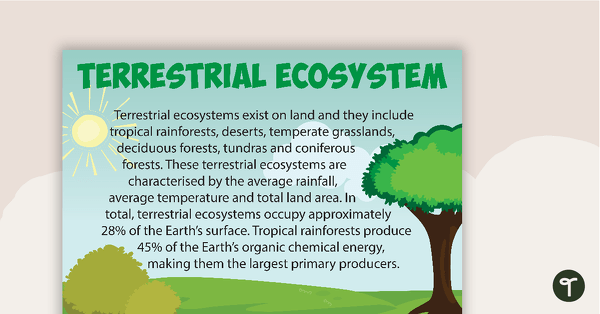
READ MORE:
Future Directions in Research and Policy
The advancement of research and policy concerning terrestrial ecosystems is critical for addressing the challenges posed by climate change, biodiversity loss, and human impacts. Future directions aim to enhance understanding, conservation, and sustainable management of these vital resources.
- Integrated Ecosystem Management: Developing strategies that consider the ecological, social, and economic aspects of ecosystems to promote resilience and sustainability.
- Climate Change Mitigation: Researching and implementing practices to reduce greenhouse gas emissions and enhance carbon sequestration in terrestrial ecosystems.
- Biodiversity Conservation: Focusing on the protection of species and habitats, especially those most vulnerable to extinction due to human activities and environmental changes.
- Restoration Ecology: Expanding efforts to restore degraded ecosystems, aiming to recover biodiversity and ecosystem services.
- Policy Development: Crafting policies that effectively integrate conservation goals with land use planning, agriculture, and urban development.
- Technological Innovations: Leveraging technology for better monitoring and management of ecosystems, including remote sensing and GIS for data collection and analysis.
- Community Engagement: Enhancing the role of local communities in ecosystem management through education, participation, and empowerment.
By prioritizing these areas in research and policy, we can ensure the health, diversity, and sustainability of terrestrial ecosystems for future generations.
Embracing the stewardship of terrestrial ecosystems is pivotal for our future, safeguarding biodiversity and ensuring ecosystem services for generations to come. Let"s commit to preserving the Earth"s vital land habitats together.



